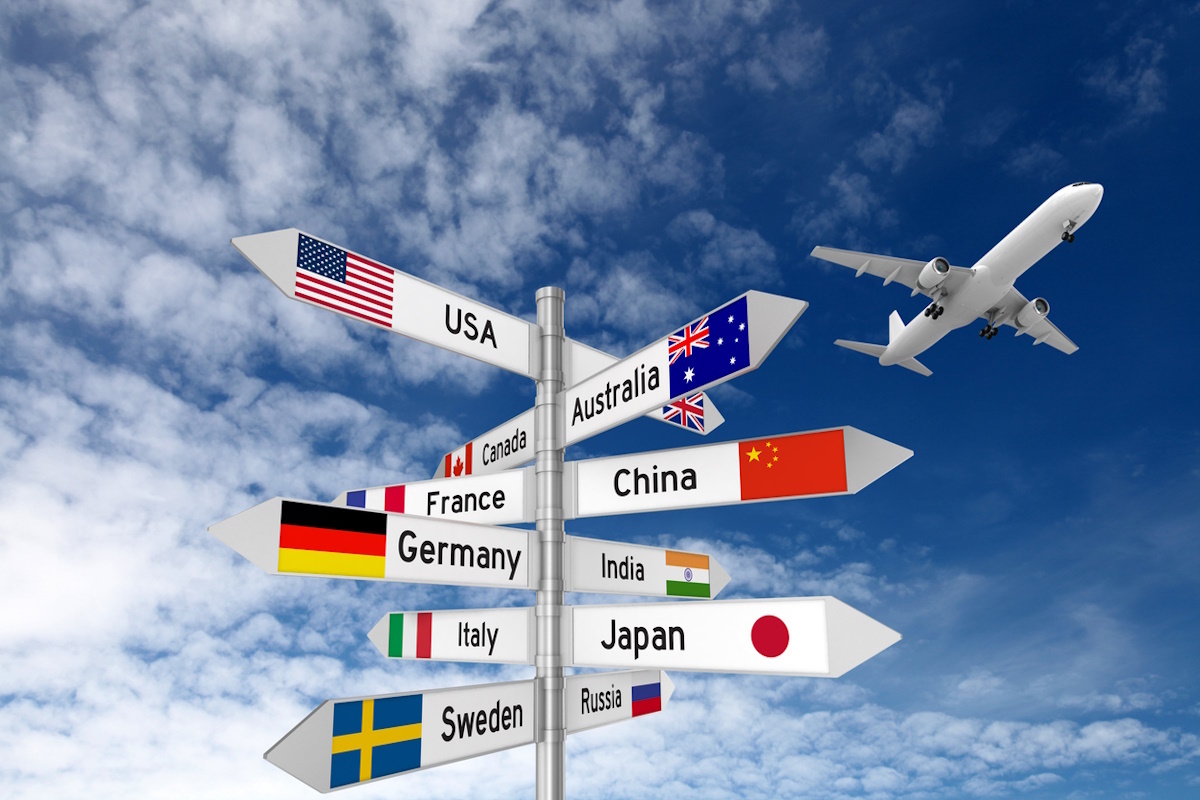Global trade management

Gary Barraco at e2open describes best practice in a volatile business environment
Fluctuating trade regulations and increasing penalties for non-compliance make global trade more difficult and costly. And when increased supply chain pressure is proven to affect inflation, businesses need to find ways to make their supply chains work more efficiently and fast.
The key to success is through investing in back-end operations. Global trade management (GTM) software allows companies to navigate these challenges, find cost savings, and capitalize on competitive advantages. Used to automate international trade management processes, ensure global trade compliance, and minimize the costs of international business, companies quickly recognize the value of investing in their supply chain technology.
So, what are the main challenges companies face regarding global trade management? What does best practice look like? And where do the benefits lie in GTM software?
The top 5 global trade management challenges
The complexities and challenges of international trade management have increased steadily over the past decade. As governments worldwide use trade policies and regulations in new ways, trade becomes more volatile, unknown risks arise, and costs can creep up.
First, the ever-changing regulatory landscape presents a major challenge. With new economic goals and political objectives ranging from forced labor to sustainability and conflict minerals, interpreting complex, evolving regulations can be difficult and time-consuming. Add non-compliance risks into the mix, and new enforcement standards and potential fines can prove costly.
Next, demands for up and downstream visibility into suppliers and buyers are increasing. More products are restricted for export, and imports of some products are subject to strict traceability requirements. Companies must collaborate with multiple supplier tiers to comply, increasing the burden on trade management teams.
The rising cost of global trade also has a significant impact. Fees, duties, and taxes are increasing, and many products are subject to new tariffs, which increase product costs.
Another cost-related challenge is error-prone processes. Manual trade management processes are inherently expensive and littered with errors, especially in the face of complex and changing rules and regulations.
Last, a lack of visibility and collaboration with supply chain partners can be challenging to navigate. Trade processes are often siloed from other processes, inhibiting visibility and collaboration with suppliers, logistics providers, customs brokers, and carriers, ultimately increasing costs and compliance risks.
Global trade management best practices
By implementing the following international trade management best practices, companies can improve efficiency, consistency, and accuracy, improve collaboration, and reduce trade compliance risk.
First, enforcing standard processes to maintain compliance across the globe is crucial. Trade compliance staff must use standardized, repeatable processes that can be centrally audited and managed.
Next, it is important to connect GTM within the end-to-end supply chain to break down silos and improve visibility. Accurate, efficient customs filings often require data and information from suppliers and other trading partners.
Likewise, global trade processes are closely linked to logistics, both for international and domestic transportation. Companies should integrate their global trade processes and technology with supply management, transportation, and logistics systems to improve visibility and coordination.
Access to accurate, current regulatory data is also vital for GTM best practices. Most organizations work with outside providers for trade content as they do not have the internal resources to monitor global regulatory changes. Regarding content providers, it is equally important that regulatory laws and other global trade data changes can quickly and easily be applied within standard trade processes.
Finally, it’s critical to use intelligent automation to improve accuracy and efficiency. Automation can streamline repetitive trade tasks, reduce errors, and save time and costs. Artificial intelligence (AI) is also useful in several global trade tasks, including due diligence screening, product classifications, and identifying duty reduction opportunities.
Time for global trade management software
Industry-leading global trade management software solutions are instrumental in realizing these process improvements. They automate regulatory trade compliance, duty management, customs documentation, and customs filings for products shipped and sold across borders.
Working end-to-end to ensure compliance in import and export processes, GTM software’s core components include due diligence screening, customs document preparation and filing, duty management, and regulatory trade content.
Feeding complete, up-to-date information about trade regulations and rules into supply chain management builds a foundation for effective operations and compliance. From customs tariffs used to classify goods to the duty rates needed to calculate landed costs, GTM software maintains accurate trade content, collecting, cleansing, and publishing it to suit any country or government agency. It improves due diligence, screening and flagging any parties or partnerships that could put businesses at risk of steep penalties, even unintentionally.
GTM software can also help businesses take advantage of free trade agreements (FTAs), duty drawbacks, and duty deferral programs. This is achieved by qualifying products and soliciting product information from supply chain partners, helping to reduce or eliminate import costs.
In an increasingly complex world of regulation, the challenges associated with global trade management can seem unsurmountable. However, the key to promoting best practice in your supply chain and making operations more compliant and cost-effective is through global trade management software.
From reducing risk, enhancing compliance, and realizing duty cost savings to reducing border delays, improving efficiency in trade operations, and gaining a competitive advantage, GTM software offers unrivalled opportunities for businesses to level up their supply chain management.
Gary Barraco is VP of Product Marketing at e2open
Main image courtesy of iStockPhoto.com

Business Reporter Team
Related Articles
Most Viewed
Winston House, 3rd Floor, Units 306-309, 2-4 Dollis Park, London, N3 1HF
23-29 Hendon Lane, London, N3 1RT
020 8349 4363
© 2025, Lyonsdown Limited. Business Reporter® is a registered trademark of Lyonsdown Ltd. VAT registration number: 830519543





